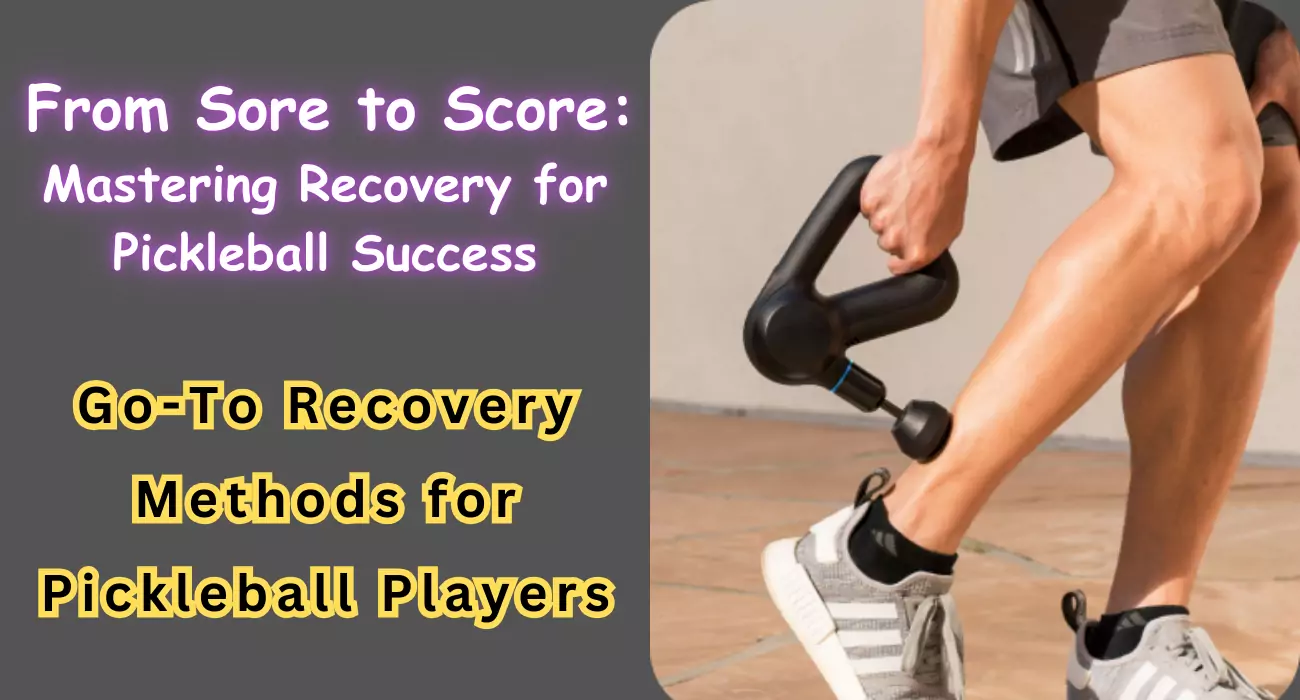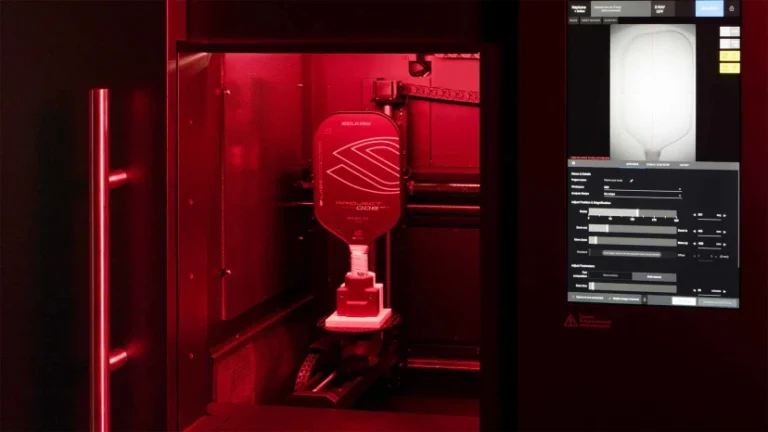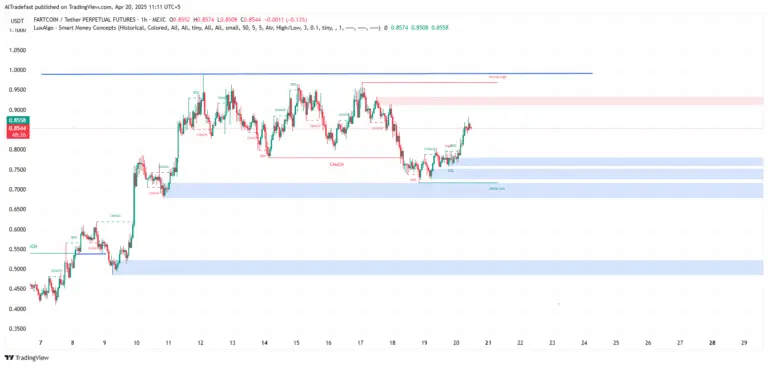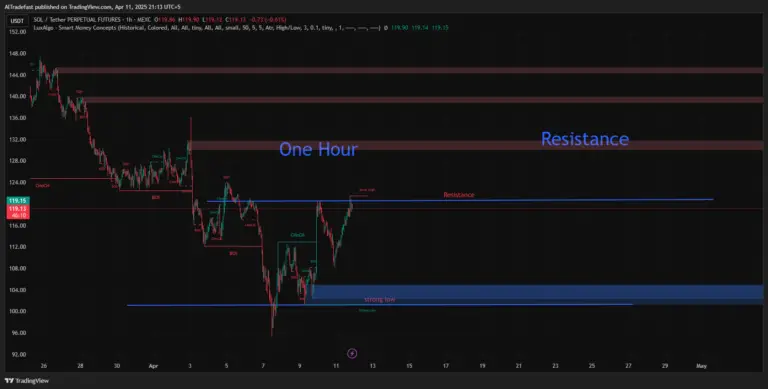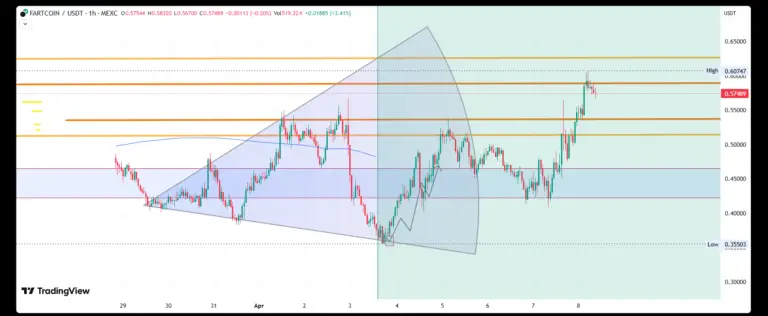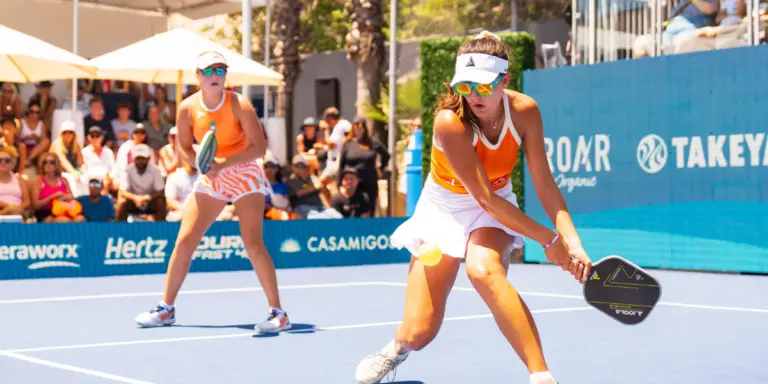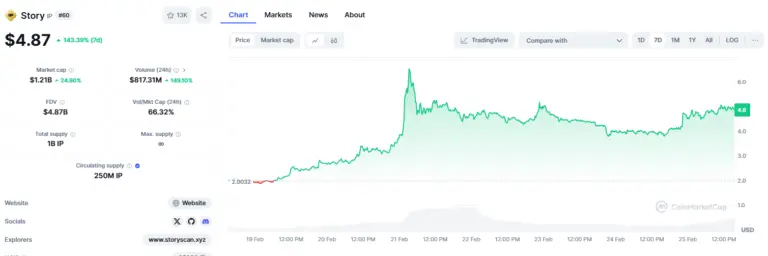Pickleball is a physically demanding sport that requires strength, speed, and agility. It involves sudden movements, lunging, reaching, and twisting, which can put a lot of stress on the body. Just like any other intense physical activity, proper recovery is essential after playing pickleball to stay mobile and agile, prevent injury, reduce muscle soreness and pain, and maintain the feel-good endorphins that come with playing the sport.
A recent poll was connected by the dink pickleball and a question was asked: “What products do you use to optimize recovery after pickleball?”
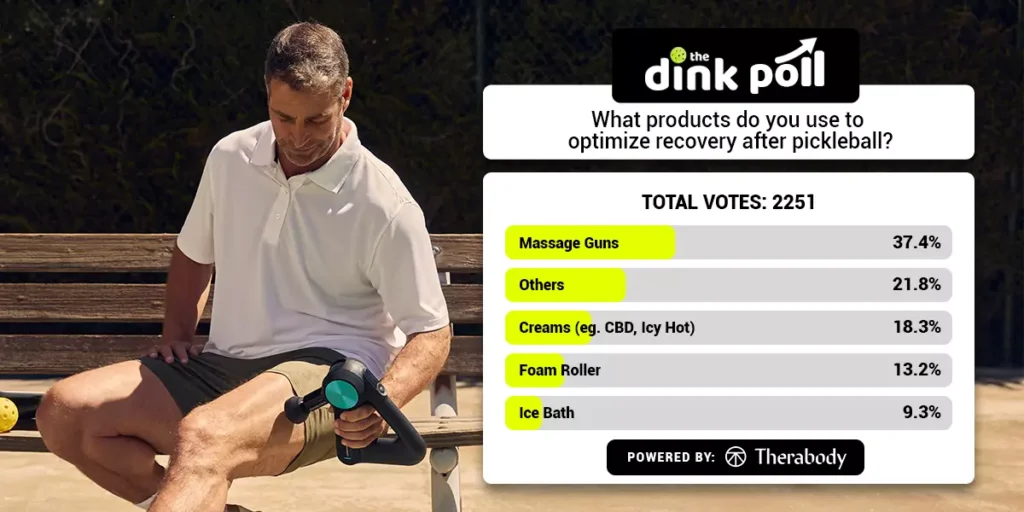
Table of Contents
The Importance of Active Recovery in Pickleball
As pickleball enthusiasts, we all dread the thought of an injury holding us back from playing the sport we love. However, the wear and tear on our bodies can lead to exactly that if we don’t prioritize recovery. Every time we push ourselves to our limits, we break down tissue and cells, creating micro-tears in our muscles. While this process is necessary for growth and strength, it requires adequate rest and recovery to rebuild and see results.

Unfortunately, many of us take a passive approach to recovery, thinking that simply resting or drinking extra water is enough. But this approach won’t cut it in the long run. Effective recovery requires a proactive approach, incorporating rest, stretching, and the use of proper tools to aid in the recovery process. By prioritizing active recovery, we can reduce the risk of injury, improve performance, and get back on the court faster and stronger than ever. It’s time to take our recovery as seriously as our training and make it an integral part of our pickleball routine.
Hydration
When we engage in physical activity like pickleball, our body’s temperature rises, and we sweat to cool down. This process, controlled by the autonomic nervous system, draws interstitial fluid from our tissues to the skin, where it evaporates and cools the body. However, this process also has a downside: it depletes the fluids needed by our tissues to repair and recover post-workout. It can take up to 48 hours for our body to rebalance its hydration levels.
While pickleball may not feel like traditional exercise, it’s a vigorous activity that requires consistent hydration to perform at our best and support our body’s recovery. It’s crucial to prioritize hydration before, during, and after playing pickleball to replenish lost fluids and support our body’s repair processes. By staying hydrated, we can optimize our performance, reduce the risk of injury, and enjoy the game to the fullest.
The Sauna and Steam Room
Pickleball’s repetitive movements can lead to muscle strain, causing lactic acid and toxins to build up. As muscles cool down after activity, they contract, reducing blood flow and fluid movement in surrounding tissues. Heat therapy, such as saunas and steam rooms, can help relax muscles and improve blood flow, promoting recovery.
Heat therapy also triggers the body’s cooling mechanisms, causing sweat to bring waste and toxins to the skin’s surface for excretion. It’s crucial to replenish lost water through hydration, ensuring proper replacement of fluids lost through perspiration.
By incorporating heat therapy into your recovery routine, you can:
- Relax muscles and reduce muscle spasms
- Improve blood flow and fluid movement in tissues
- Enhance the removal of waste and toxins
- Support overall recovery and muscle repair
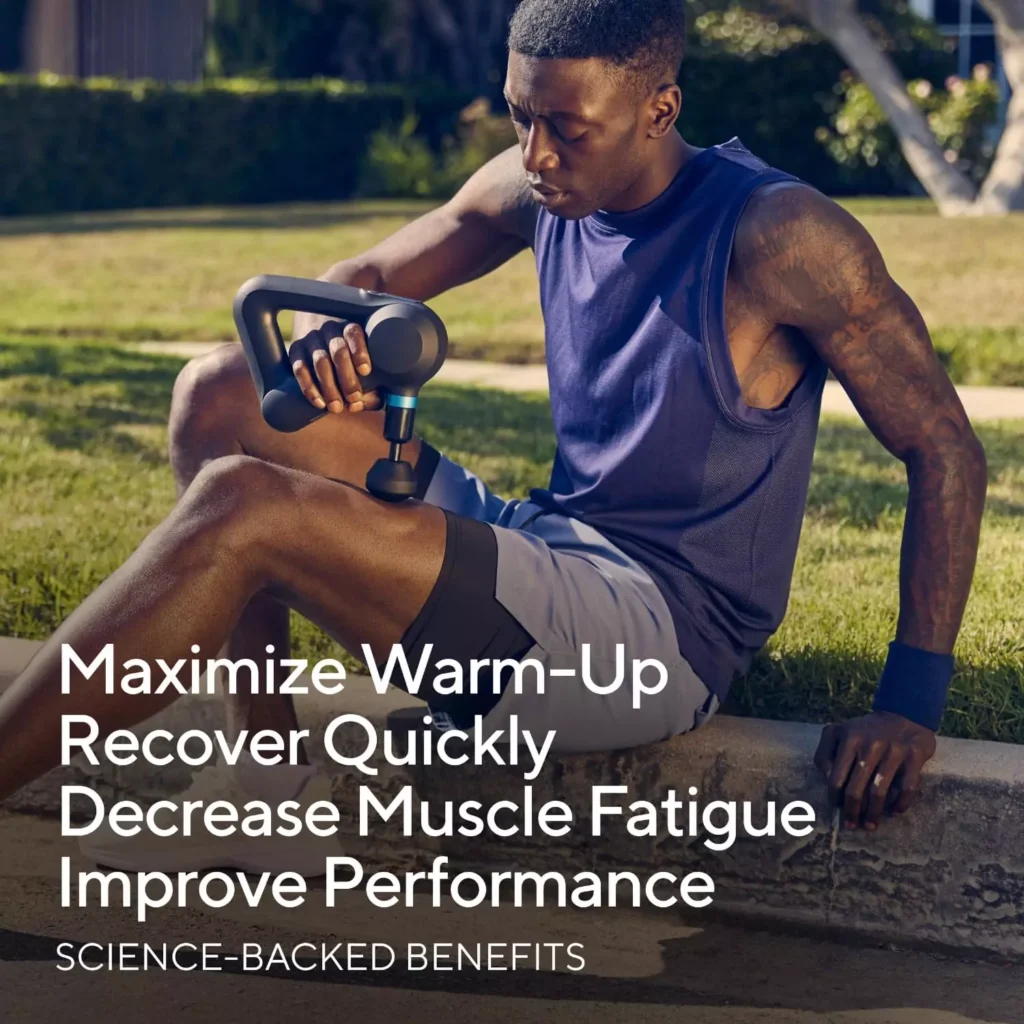
Targeted Recovery Techniques for Pickleball Players
Foam Rolling, Percussive Massage, and Compression Massage are effective recovery techniques that allow you to target specific muscles, helping to release tension and increase blood flow. These techniques are particularly useful for pickleball players, who can benefit from targeting areas such as:
- Iliotibial (IT) band: foam rolling can help release tension between the knees and hips
- Hamstrings and glutes: foam rolling or massage devices can help keep these muscles loose and relaxed
Here’s how each technique works:
- Foam Rolling: applies pressure to tissues around muscles, increasing circulation and delivering oxygen and water to muscles
- Percussive Massage: uses devices to massage away tension, loosening muscle knots and targeting fatigue and stiffness
- Compression Massage: uses inflatable cuffs or boots to massage limbs and increase blood flow, helping to reduce muscle soreness and improve recovery
By incorporating these targeted recovery techniques into your routine, you can:
- Reduce muscle tension and soreness
- Improve circulation and blood flow
- Enhance muscle recovery and repair
- Improve overall performance and reduce injury risk
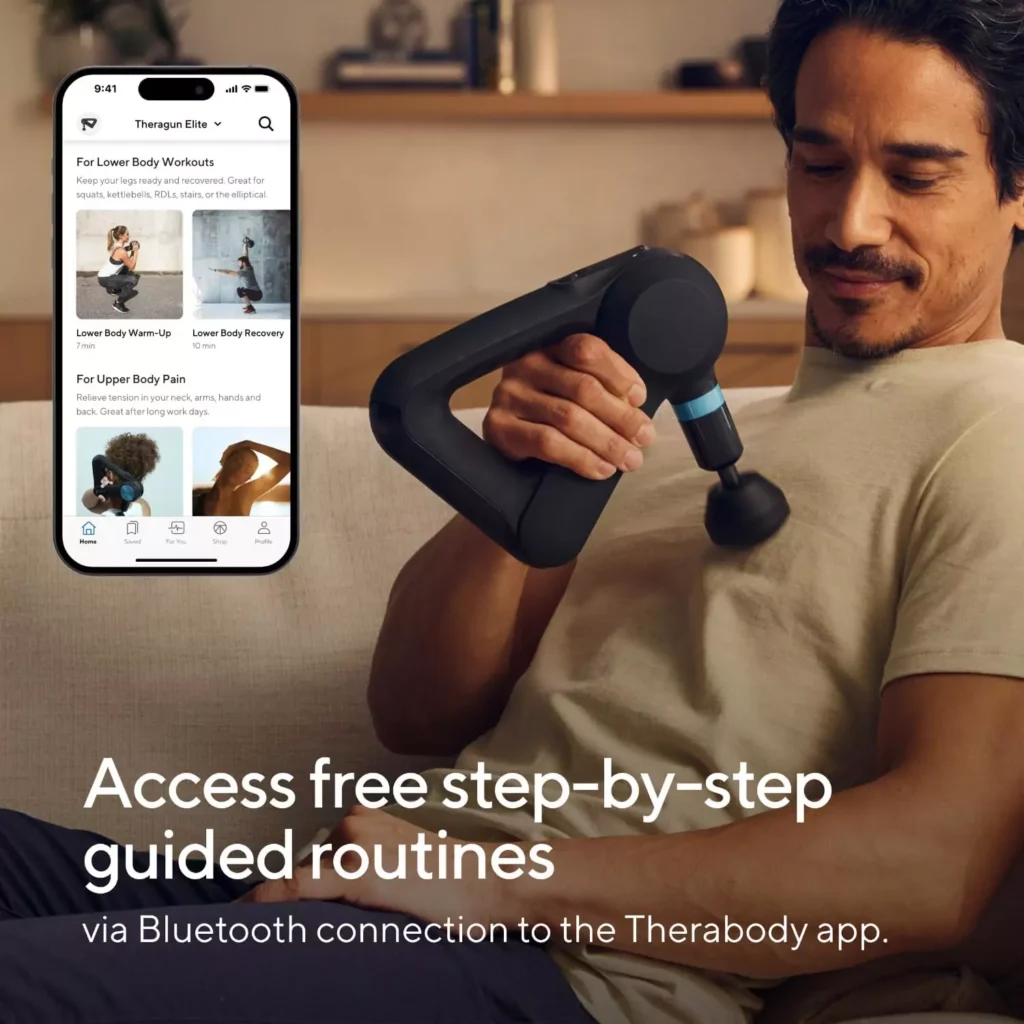
Massage
Massage is a popular recovery modality for pickleball players seeking relief from muscle soreness, pain, tension, and stress. A skilled massage therapist can target specific areas of tension, understanding the interconnectedness of the muscular system, to deliver numerous benefits. For pickleball players, manual massage focusing on the back and shoulders can be particularly helpful in:
- Relieving tension and stress in the upper body
- Reducing muscle soreness and pain in the back and shoulders
- Improving range of motion and flexibility
- Enhancing recovery and reducing muscle fatigue
- Promoting relaxation and reducing overall stress
By incorporating regular massage into your recovery routine, you can experience these benefits and improve your overall performance on the court. Remember to communicate with your massage therapist about specific areas of tension and pain, and enjoy the benefits of manual massage in supporting your pickleball journey.

Muscle Scraping and Cupping for Pickleball Players
Muscle scraping and cupping can be beneficial treatments for “tennis elbow,” a condition that can affect pickleball players who perform repetitive grip-intensive activities. These treatments can help relieve stress and reduce inflammation in the affected area.
Muscle Scraping:
- Involves moving a smooth tool across muscle fibers to remove adhesions and promote blood flow
- Gua sha is a form of muscle-scraping
- Can help relieve stress on the tendon and reduce inflammation in the forearm muscles just below the elbow
Cupping:
- A massage and bodywork practice that creates suction to encourage blood flow to the affected area
- Can draw fluid to the area of the elbow joint where fluid flow is restricted
- Can help reduce inflammation and promote healing
Both treatments can be applied separately or together, and a trained massage therapist can identify the proper treatment method and point of application. By incorporating muscle scraping and cupping into your recovery routine, you can experience relief from tennis elbow and improve your overall performance on the court.
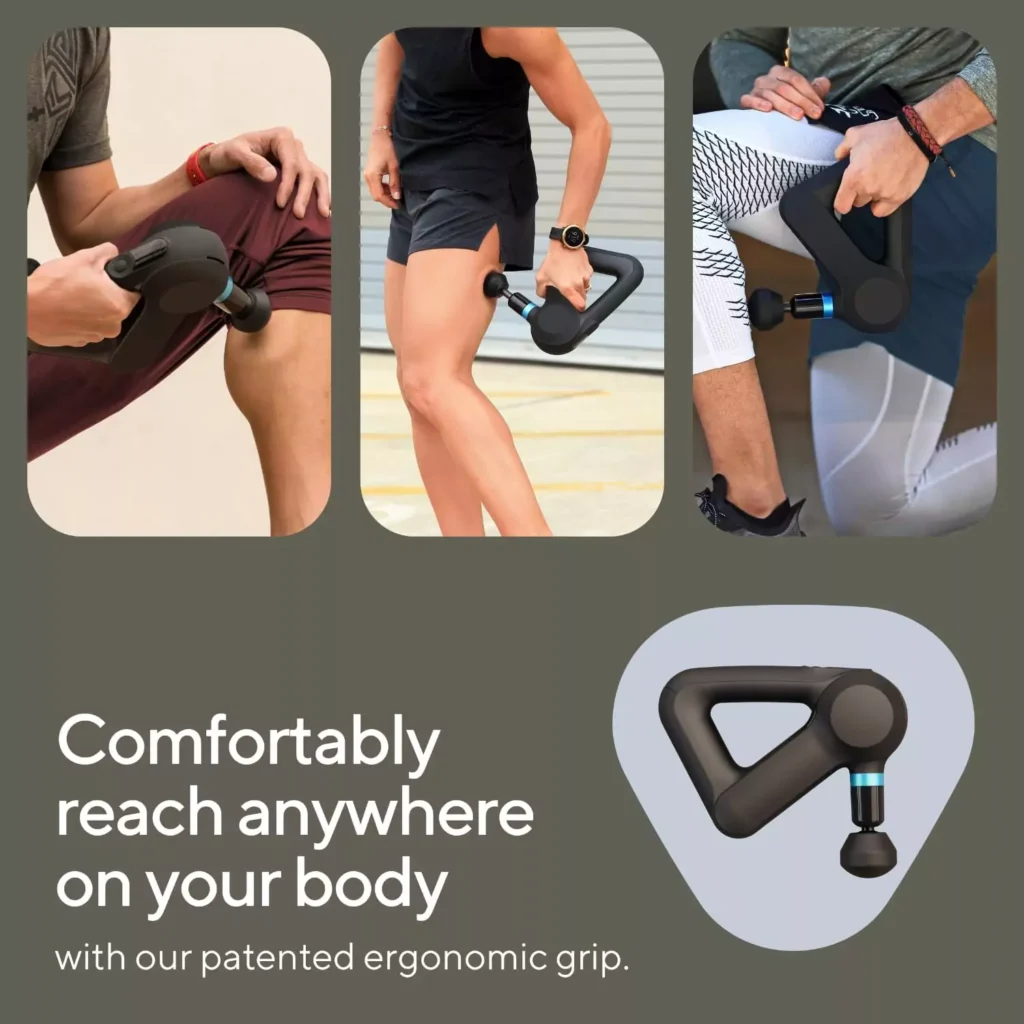
Stretching
Flexibility and mobility are crucial for pickleball players, as they enable multiplanar movements and help prevent strain and injury. Regular stretching offers numerous benefits, including:
- Improved flexibility and mobility
- Reduced muscle tension and strain
- Enhanced fluid flow and circulation
- Opposing muscle contraction
- Injury prevention
Dedicating 5-10 minutes to stretching leg, back, and shoulder muscles, focusing on areas that commonly tighten during play, such as:
- Calves and hamstrings
- Quads, glutes, and hips (tightness in these areas may manifest as lower back pain)
- Shoulders (post-game stretching can help maintain mobility)
Consider assisted stretching, like Dynamic Stretch sessions, which can be more effective than solo stretching. A stretch specialist can target tight areas and assist with stretches that are difficult to perform alone.
Remember, incorporating regular stretching into your routine can significantly enhance your performance and overall well-being as a pickleball player. Learn more about specific stretches that can benefit your game.
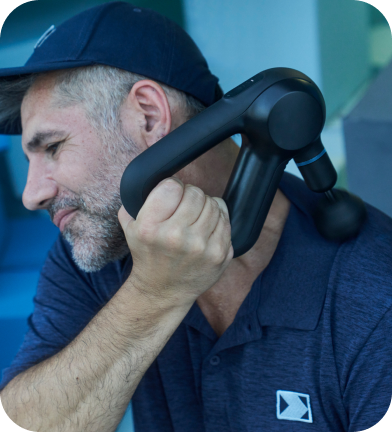
Cold Plunging for Pickleball Recovery
Cold plunging, or immersing your body in cold water (around 45-60°F) for at least a minute, can significantly aid in recovery after playing pickleball. Here’s how:
- Vasoconstriction: Cold therapy causes blood vessels to shrink, prioritizing blood flow to the core area, including key organs and the brain.
- Vasodilation: When warming up from cold exposure, blood vessels enlarge, promoting circulatory movement and helping to restore cells and aid in recovery.
- Accelerated Healing: Cold plunging triggers the body to accelerate the healing process in all the muscles and joints worked during pickleball, including:
- Legs
- Core
- Shoulders
- Stabilizer muscles from toes to nose
By incorporating cold plunging into your recovery routine, you can enhance your body’s natural repair processes, reducing muscle soreness and improving overall performance. Give it a try and experience the benefits for yourself!
Rest and sleep
Sleep is the most critical aspect of recovery, allowing your body to rebuild and repair muscles, tissues, and bones stressed during the day. Adequate sleep is essential for full recovery, and insufficient sleep can hinder the process.
If you’re dealing with a nagging injury or overworked muscles, prioritize rest and take a day off from play. It’s better to take a temporary break than risk exacerbating the issue and facing a prolonged recovery period.
During your rest, incorporate light exercise and stretching to:
- Keep muscles loose
- Reduce aches and pains
- Promote blood flow and circulation
Investing in Recovery Tools for Optimal Performance
As pickleball players, we often neglect our bodies signals of exhaustion, especially during and immediately after play. However, investing in recovery tools can help prevent injuries and accelerate recovery.
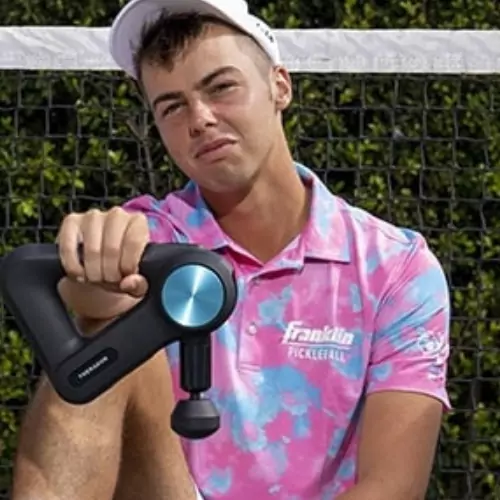
Popular recovery tools include:
- Massage guns (like Therabody): Use percussive massage to stimulate cells, increase blood flow, and relieve sore spots.
- Stretch bands: Inexpensive, versatile, and effective for improving flexibility and strength, especially in wrists and hands.
- Foam rollers: Help remove muscle knots and tension in large muscle groups like back and calves.
- Baths and compression gear: Reduce inflammation and relieve aches with Epsom salt baths or icy water plunges; compression gear relieves feet, calves, and arms.
- Other equipment: Explore additional tools like compression socks, advanced compression equipment, and more to find what works best for you.
Remember, investing in recovery tools is investing in your body’s well-being and performance. Don’t neglect your recovery – prioritize it!
No posts
Conclusion
Remember, recovery is not a one-time event, but a continuous process that requires commitment and dedication. By making recovery a priority, we can extend our playing careers, improve our overall health, and enjoy the many benefits that pickleball has to offer.
So, take the time to listen to your body, address your muscle imbalances, and prioritize your recovery. Your body will thank you, and your game will improve as a result. Happy playing!
